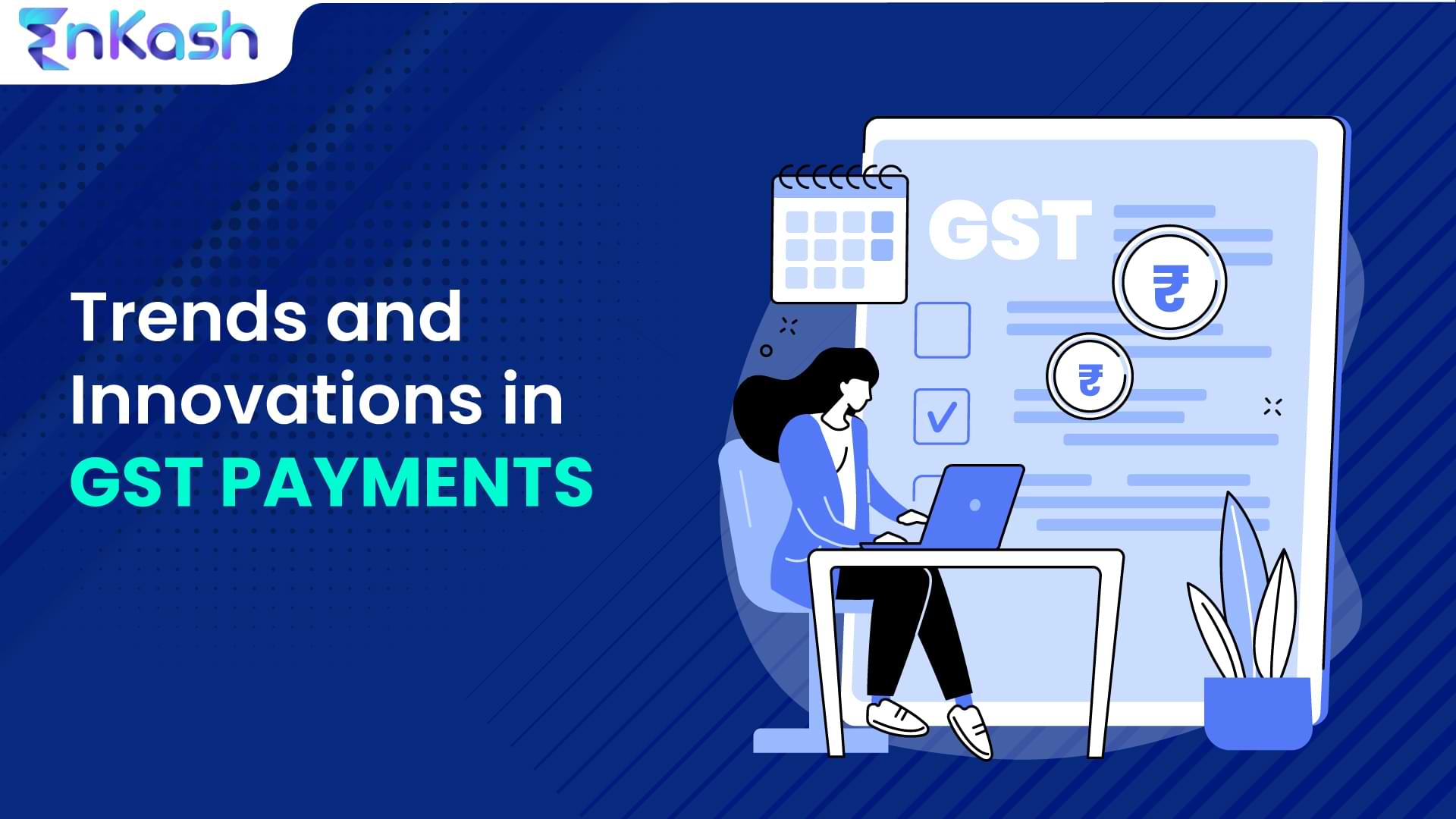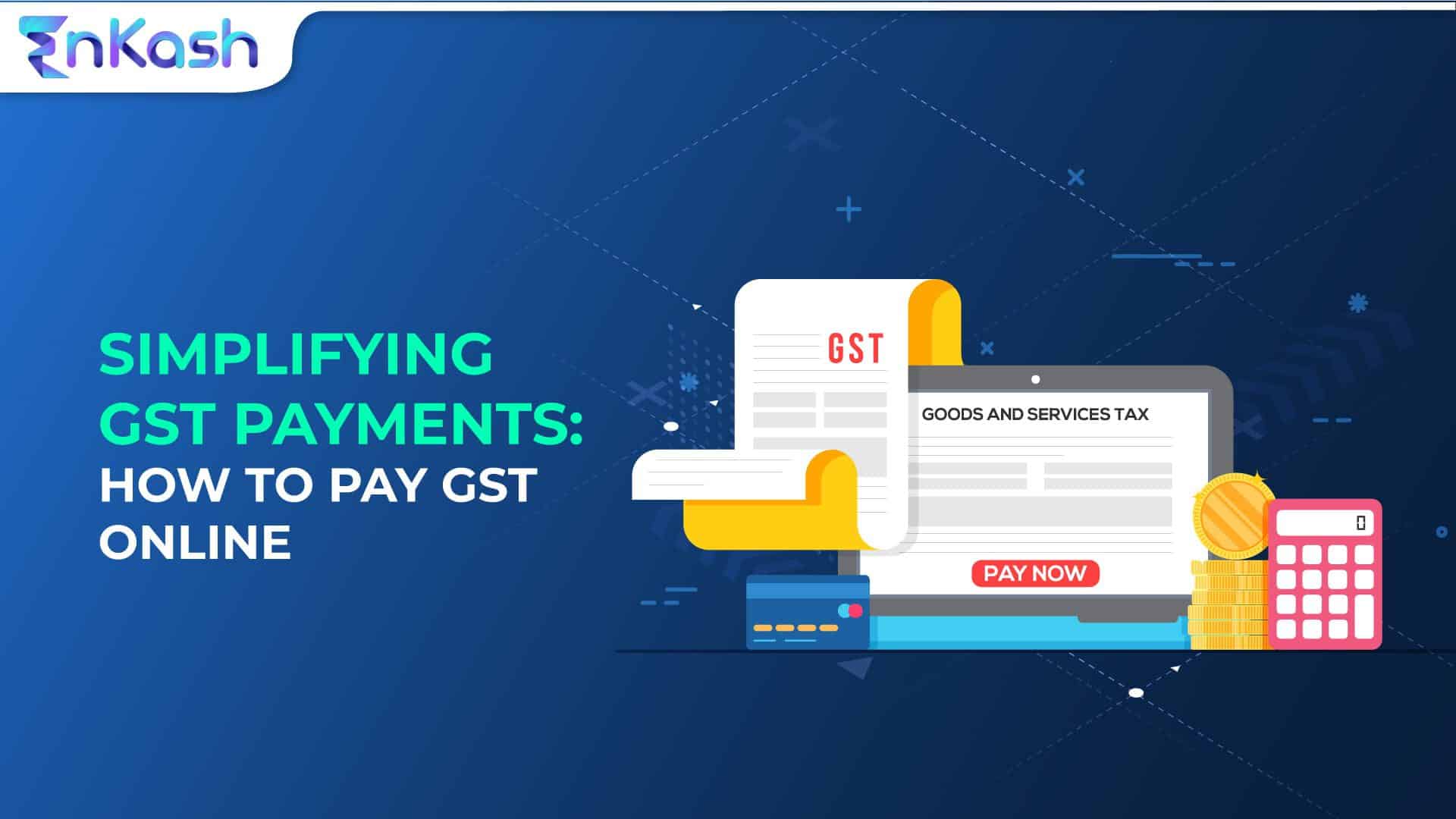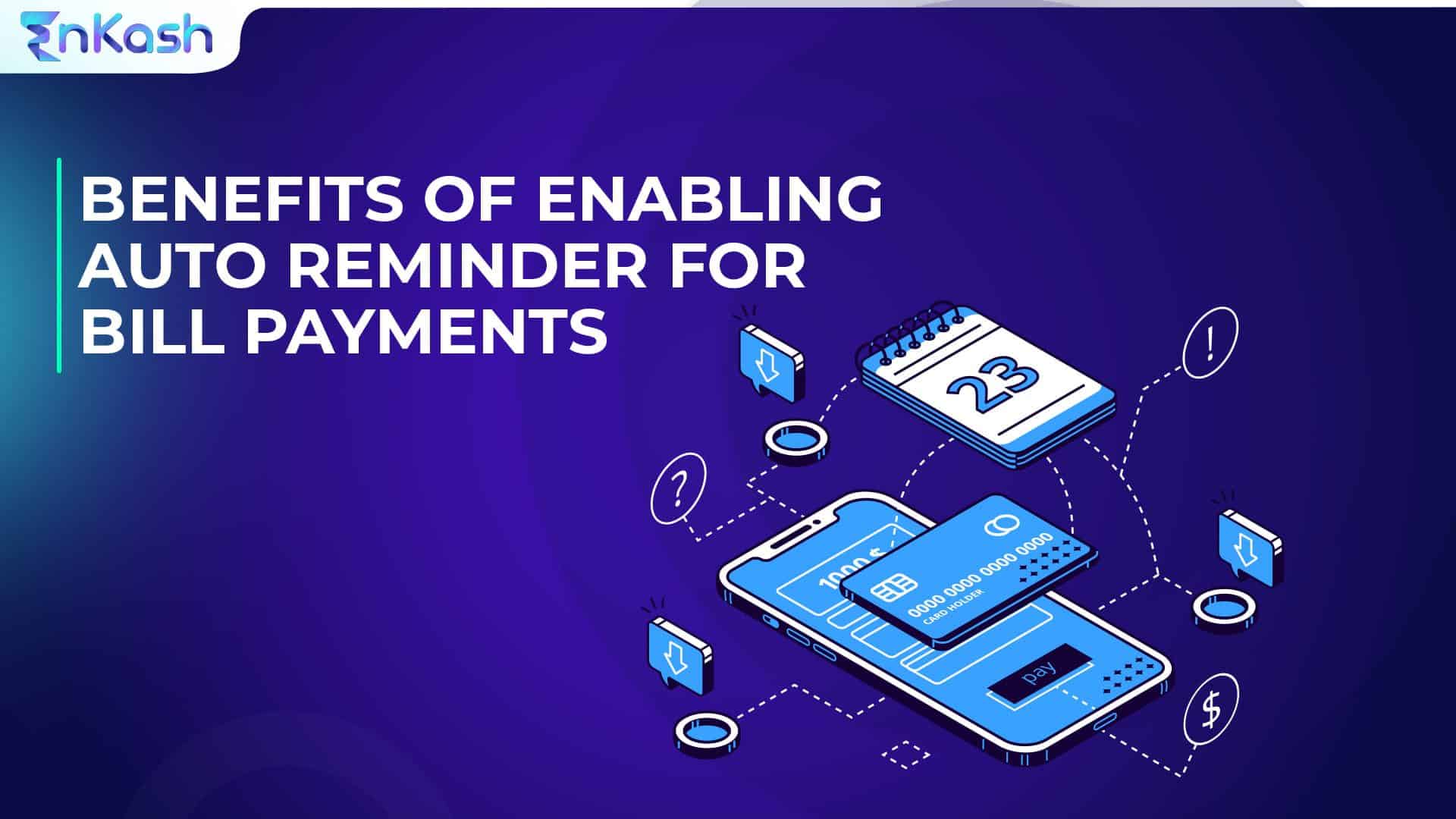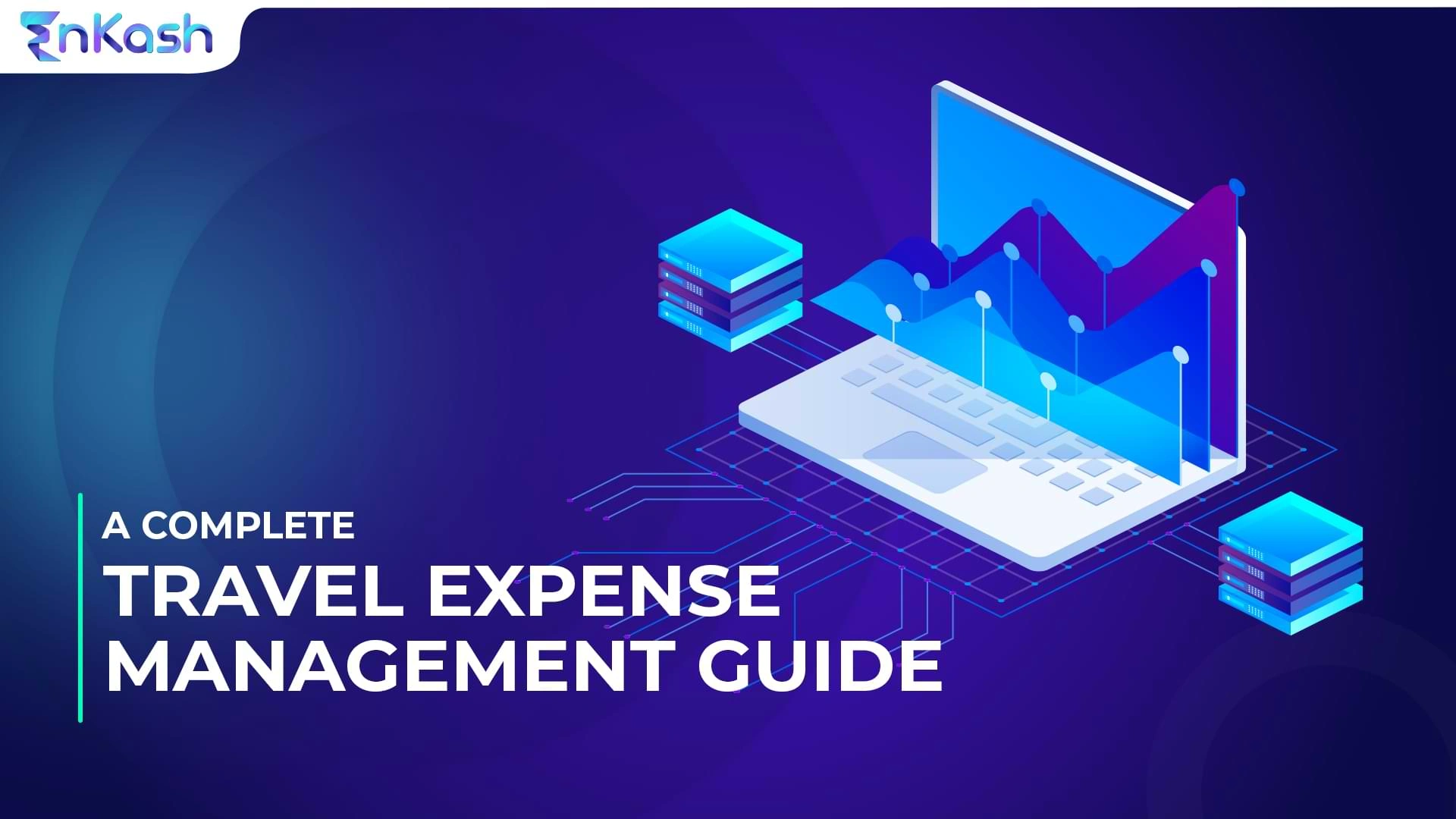We are all well-versed with the Goods and Services Tax (GST) that was introduced in India on July 1, 2017. Well, did you know that it is a comprehensive tax on the supply of goods and services that simplified the indirect tax system in India by unifying multiple taxes such as excise duty, service tax, and VAT?
While GST payments are an integral part of the GST regime, and every registered person under GST has to comply with the provisions of payment of tax under GST.
In this blog, we will explore the ongoing trends with regard to GST and what we can expect to see in future.
Payment of tax under GST
Under the GST tax payment, taxpayers are required to make various types of payments such as tax on outward supplies, tax on reverse charge basis, interest, late fee, penalty, and so on. The GST payments are made through the GST portal, which is a common online platform for all GST-related activities. The tax payment can be made either through the cash ledger or the input tax credit (ITC) ledger. The cash ledger is used to make payments for tax, interest, penalty, and so on, while the ITC ledger is used to make payments for tax only.
Under the GST system, the payment of taxes has become more streamlined and simplified. Previously, taxpayers had to make separate payments for different types of taxes such as VAT, Service Tax, and Excise Duty. However, under GST , all these taxes have been combined into one, making the payment process more manageable.
Trends in GST tax payments
The GST payment system has evolved over the years, and various trends have emerged in the GST payment ecosystem. One of the significant trends in GST payments is the increasing use of digital payments. With the digitalization of the economy, there has been a significant shift towards online payments. The GST payment system has also adapted to this trend, and taxpayers can make GST payments through various digital payment modes such as net banking, credit/debit cards, UPI, and so on.
Another trend in GST payments is the introduction of new payment modes. The GST payment system has introduced new payment modes such as the electronic cash ledger, which allows taxpayers to make payments without the need for a physical challan. This has reduced the compliance burden on taxpayers and made the payment process more convenient.
Impact of technology on GST payments
The impact of technology on GST payments has been significant. Technology has made the payment process more efficient, convenient, and secure. The GST payment system has adopted various technologies such as the use of digital signatures, e-invoicing, and so on, to make the payment process more secure.
The use of technology has also reduced the compliance burden on taxpayers. With the use of technology, taxpayers can now file their returns and make payments from the comfort of their homes or offices. This has reduced the need for physical visits to the tax department and has made the payment process more convenient.
Future of GST payments
The future of GST payments is likely to be shaped by various factors such as the increasing use of technology, the introduction of new payment modes, and so on. One of the significant developments in the GST payment system is the proposed introduction of the e-invoice system. The e-invoice system is expected to make the payment process more efficient and reduce the compliance burden on taxpayers. Fintech solution providers such as EnKash ensure that you are able to generate your invoice with utmost ease.
The future of GST payments is exciting, with various advancements expected to further streamline the payment process and make it more efficient. One of the significant developments in the GST payment system is the proposed introduction of the e-invoice system. This system aims to make the payment process more efficient and reduce the compliance burden on taxpayers.
Another development that is expected to shape the future of GST payments is the increasing use of Artificial Intelligence (AI) and Machine Learning (ML) in tax compliance. The use of AI and ML is likely to reduce the compliance burden on taxpayers by automating tasks such as tax filing and payment. This will help to reduce errors and ensure that taxpayers are fully compliant with the tax laws.
Conclusion
The GST payment system has come a long way since its introduction, and the future looks bright with the introduction of new technologies and payment modes. The government must continue to invest in the system’s infrastructure and ensure that it remains user-friendly and accessible to all taxpayers. With these efforts, the GST payment system is likely to become more efficient, convenient, and secure in the years to come.
Being one of the best spend management platforms, we ensure that the payment of GST takes place smoothly and efficiently.
So, what are you waiting for? Get the best fintech solutions with our team of experts with just a click.








